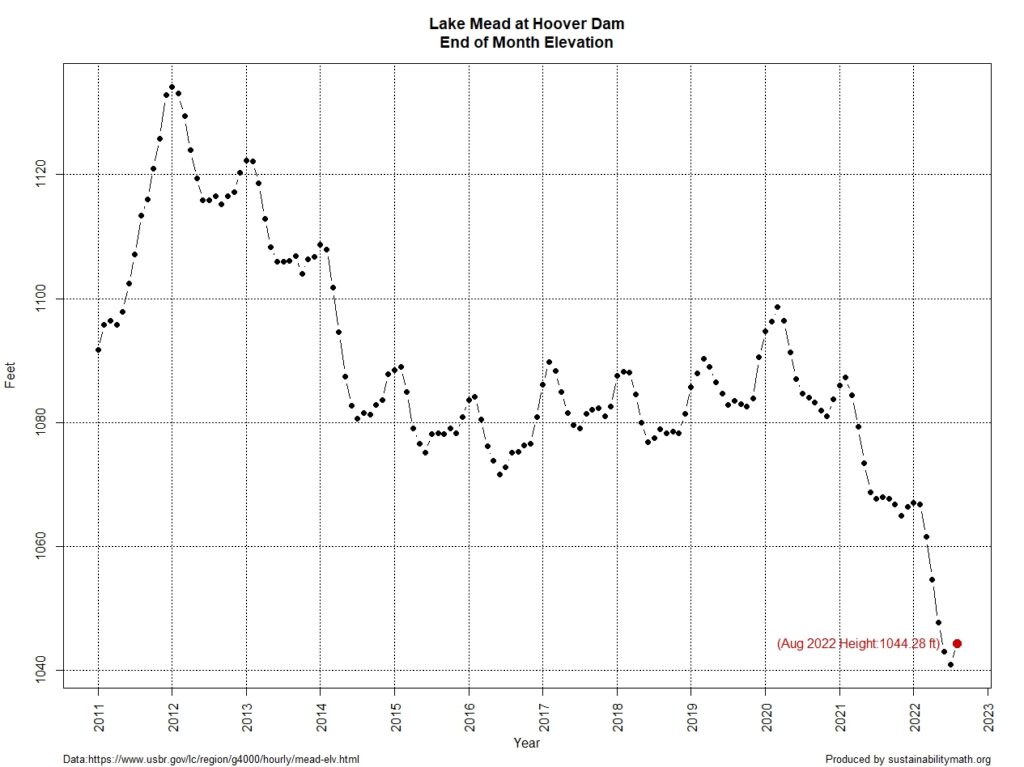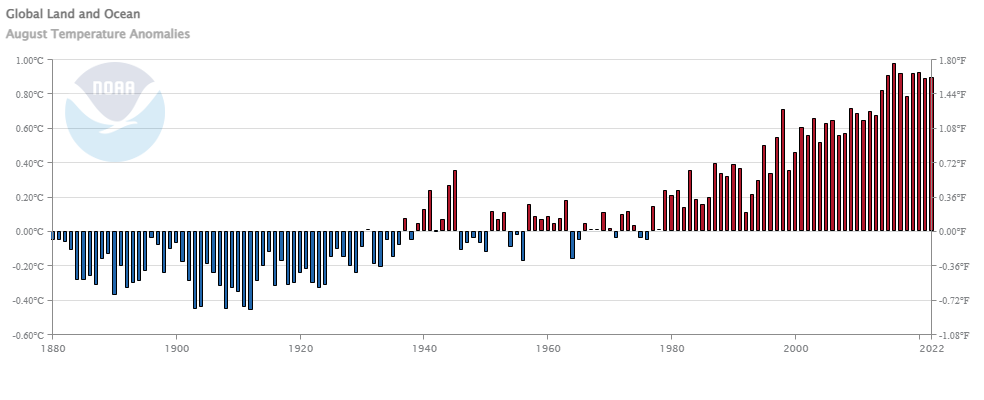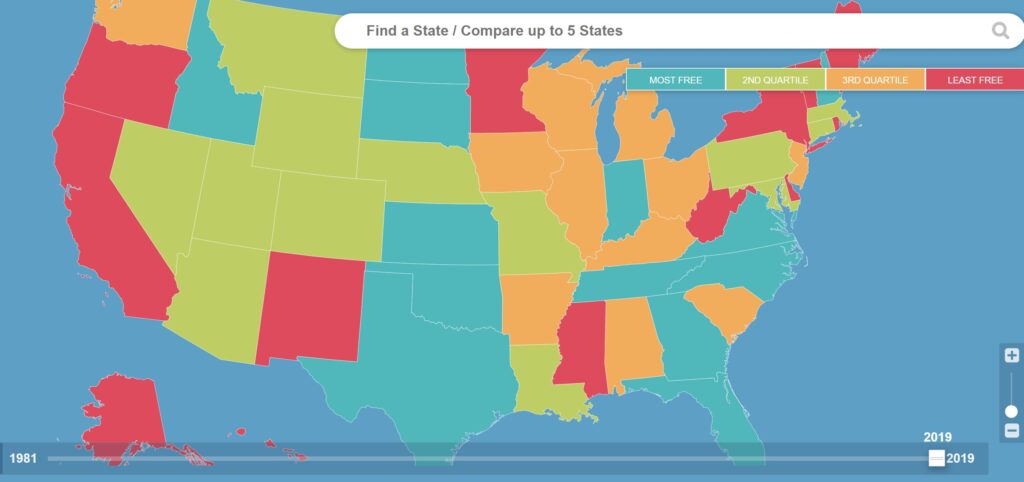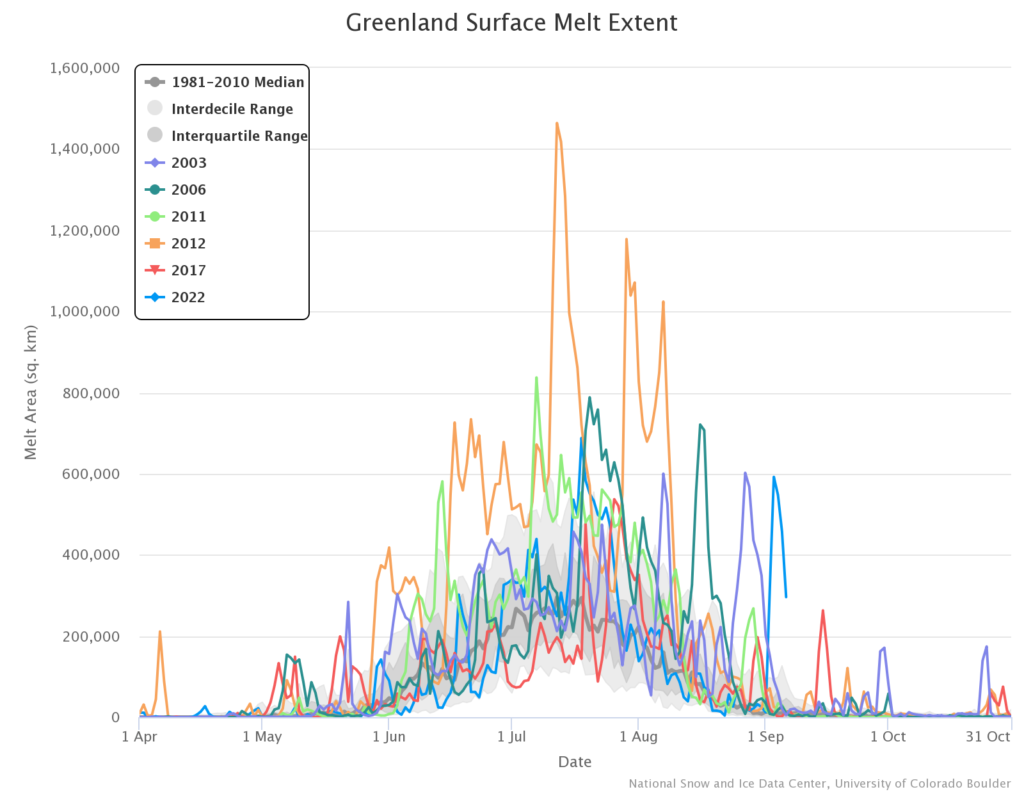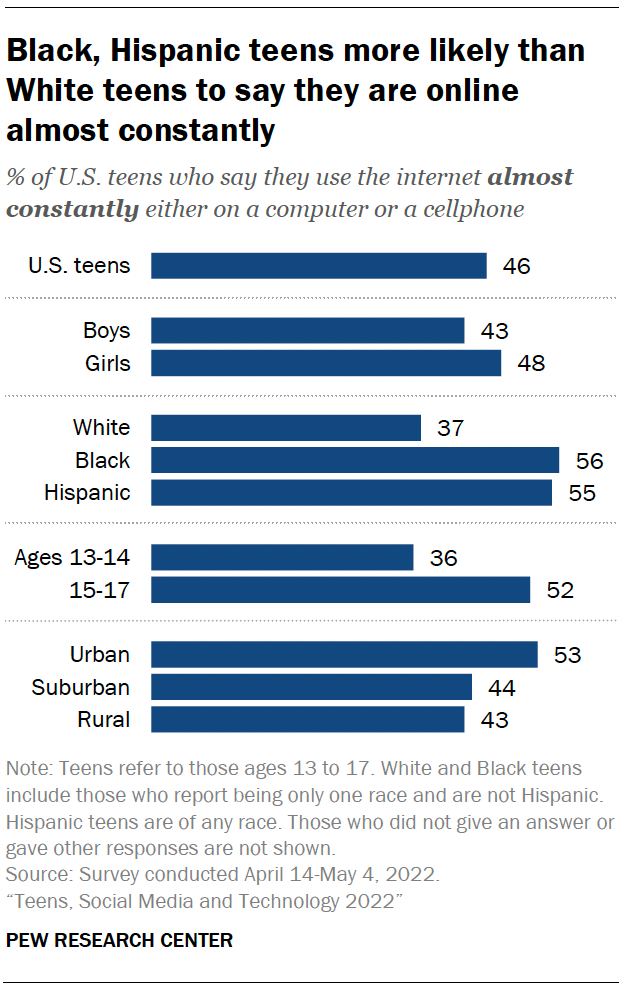 According to the Our World in Data article Wild mammals are making a comeback in Europe thanks to conservation efforts by Hannah Ritchie (9/27/2022) many mammal populations have increased as the chart shows. The Eurasian beaver is thrilled:
According to the Our World in Data article Wild mammals are making a comeback in Europe thanks to conservation efforts by Hannah Ritchie (9/27/2022) many mammal populations have increased as the chart shows. The Eurasian beaver is thrilled:
The Eurasian beaver has made the most remarkable recovery. It’s estimated to have increased 167-fold, on average. There were likely only a few thousand beavers left in Europe in first half of the 20th century.6 Today there are more than 1.2 million.
Obtaining these estimate is a challenge and interesting:
For example, the result for Eurasian beavers is based on studies of 98 different populations. The grey wolf is based on 86 studies. For the Iberian lynx, high-quality time series were only available for 7 populations.
This means, for example, that the value of 16,705% for the Eurasian beaver means that there was, on average, a 16,705% increase in the numbers of beavers in each of the 98 populations that were included in this study. This does not mean that there was a 16,705% increase in all populations. Nor can we say that there was this level of increase for Eurasian beavers as a whole because we do not know the change in unmonitored populations, and the number of beavers in different populations will be different.
From a QL perspective it would be nice if the available data included the starting population size. It is also worth noting.
There are more than 250 European mammal species, so the ones that we covered here represent just 10% of the continent’s mammals. The fact that these species are doing well does not mean that all species are.
This article seems like it could be the basis for many projects.


